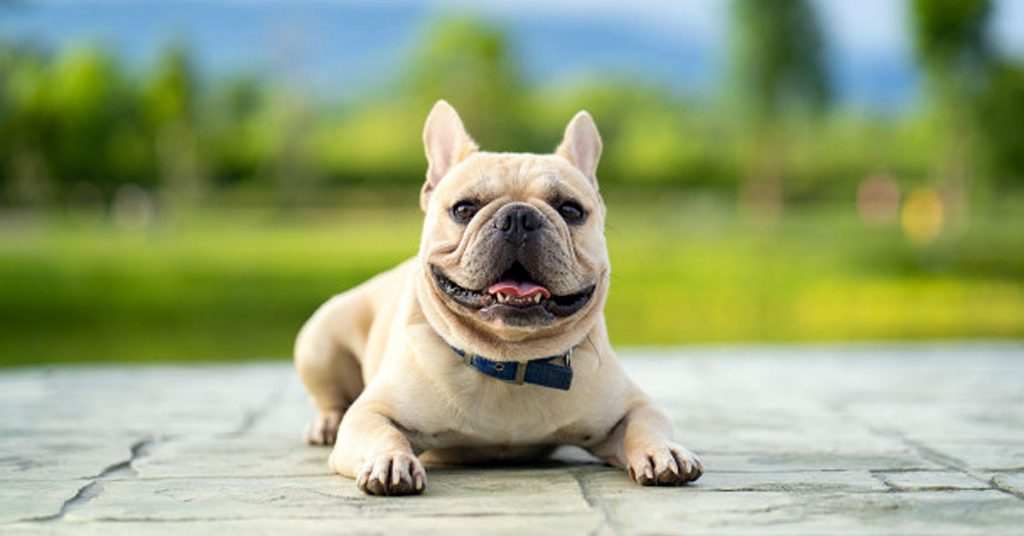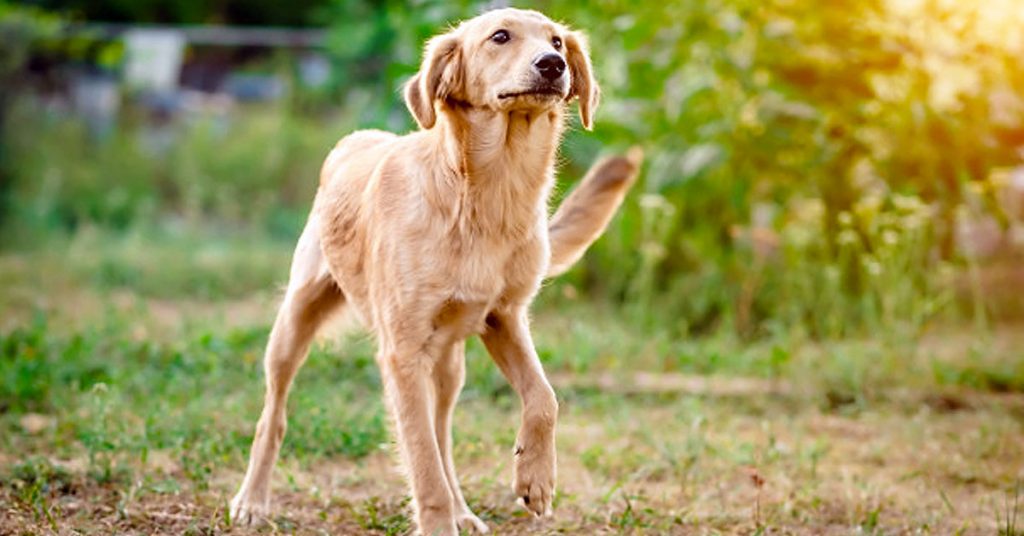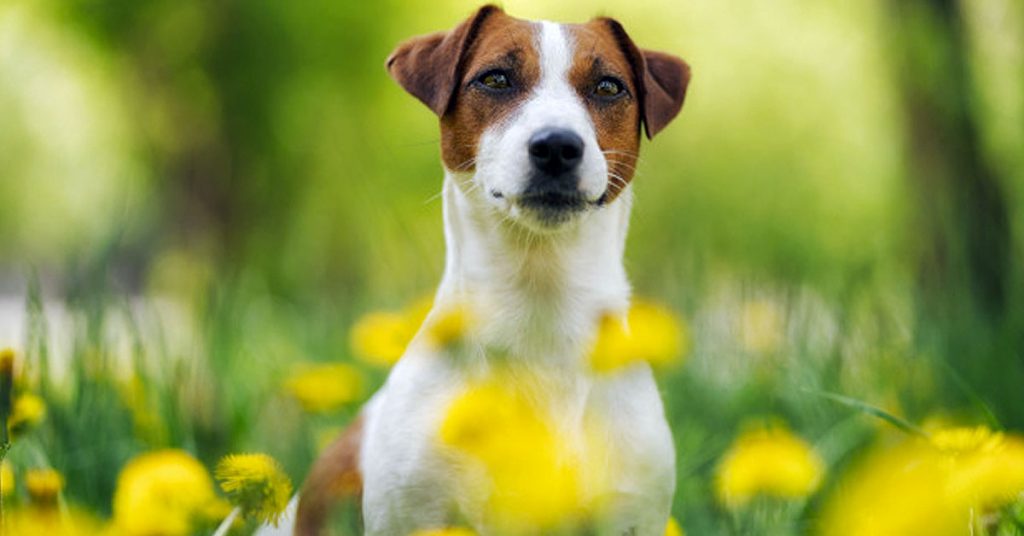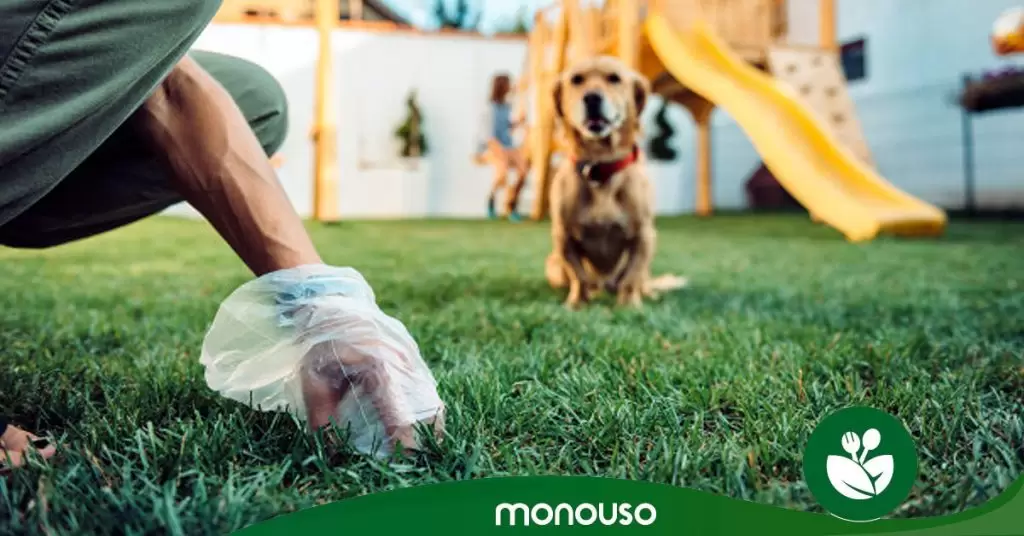Having a pet, whatever its species, requires a lot of responsibility. In the case of canines, knowing the different types of dog feces and the situations that bring about those changes is critical to preserving your best friend’s health.
This may not seem like a very pleasant activity for you, but depending on the type of stool your dog has, you may be able to identify a disease or if you need to change your dog’s diet.
Every day, when cleaning the area where your dog uses as a toilet, you should look at the characteristics of his faeces. If there are any differences, you should call your vet.
Know each of the types of dog feces, what each one means and how to act when you see an abnormality.
Characteristics of healthy dog feces

As your dog’s caregiver, you are the first person to be aware of any changes in your pet’s behaviour or faeces.
Dogs don’t have the ability to talk, but they do have ways of communicating. In case you don’t feel well or if you have any kind of discomfort, you will surely have a change in behavior and even in your eating habits.
Not every change has a negative meaning, but it is better to know what is happening with the types of dog feces to differentiate serious conditions from a small stomach ache.
Stool color
Brown is the normal colour we often notice when we collect our dogs’ faeces.
The brown colour of a dog’s faeces is due to a pigment called stercobillin, which comes from the breakdown of bilirubin in the digestive tract.
The change in stool colour sets off an alarm about any alteration in your pet’s health and the problems he may be having.
Consistency
The faeces of the dogs, which do not suffer from any pathology, have a firm consistency.
If your pet makes unformed stools, it means the intestines are not absorbing the nutrients in the food properly.
Similarly, if his stools are stiff and dry it means your dog needs better hydration.
If the consistency of your dog’s stools changes from day to day, don’t worry. But if the change persists for more than two days, you should contact your vet.
Content
The different types of dog feces should be uniform and you should not observe worms or any foreign body.
By taking these aspects into account you can determine if your dog has any bacteria or parasites in its intestine.
If you do not identify the content of the faeces or notice anything strange, go to a vet to examine your dog and prescribe an appropriate treatment.
Coating
Your dog’s feces should not have layers or coatings. That is, they should not have any signs of mucus or blood.
If you notice these conditions, visit your vet to treat your dog’s condition as soon as possible.
Black dog faeces – should I go to the vet?

If your dog has black diarrhoea or his faeces are black, you should call your vet regularly.
These types of dog feces indicate the presence of blood in the upper part of your gastrointestinal tract.
In addition to the possible presence of blood, it can mean that your dog has a stomach ulcer.
My dog’s poo has worms

If you notice some white dots that look like rice in your dog’s stool, it’s probably worms.
Parasites in dogs are eliminated through their feces, so you can see if they have any in their poop or anus.
If you suspect that the residues in your dog’s faeces are parasites, ideally you should take a sample of his poo and take it to your vet for analysis.
Parasites absorb some of the key nutrients in dogs and cause a decline in immune system defenses.
After your vet has confirmed a case of parasites, he will prescribe a suitable deworming treatment for your dog as soon as possible.
Green stools

If your pet’s faeces are green, it could mean that he has eaten a lot of grass or has an allergic reaction.
If your pet’s stools are frequently green, you should contact your vet to have them tested.
To rule out any illness your dog may have, you may be asked to take several stool samples for two or more tests.
This is because some parasites appear intermittently in your dog’s stool and you should ensure that this is not the condition you are treating.
Mucus in dog faeces

If you’ve noticed some mucus when you’re checking your dog’s stool, you should be aware that it may happen again.
Clear, yellow or jelly-like mucus indicates some problems that your vet may be able to address.
Mucus can be a warning sign that your dog is having an allergy to a food outside his diet, parasites in his gut or irritable bowel syndrome.
No colour! Grey stools

When your dog’s faeces are grey in colour, it’s a good idea to call your vet and have him tested.
A grey stool means your dog may have problems with his liver, gall bladder or pancreas.
In the case of the pancreas, a digestive enzyme deficiency may be occurring which prevents the stools from having the usual brown colour.
The gall bladder may be obstructed and prevent digestive enzymes from passing into the intestine.
Another option is that the liver is not working as it should.
Blood in dog feces

There are many reasons why your dog’s faeces have blood in them. However, this is a veterinary emergency, especially if it is abundant.
Eating dirt, an anal lesion, parasites, cancer or a foreign object in his bowel are all part of the diagnosis of a dog whose stool has blood in it.
When detailing this, you should remain calm and call your vet as soon as possible.
If your vet tells you to go to the vet’s surgery, remember to take a sample of your pet’s faeces so that they can diagnose the condition and tell you what treatment to give.
White poop, why?

White stools in dogs mean that their diet includes too much calcium, excess bone or eggshells.
That’s why it’s common for canines that are fed the BARF diet.
Another reason why this happens is that your dog has eaten some food that he should not eat.
Yellowish dog feces

This happens when your dog consumes certain milk products, such as yoghurt or cheese, in excess.
Also, the stools are yellow if you eat foods that are rare in your dog’s diet or an excess of vegetables such as corn and carrots.
Consistency of dog feces

As with the type of colour of the dog’s faeces, a second way to notice any abnormality in your pet’s health is consistency.
It’s easy to tell what the texture of a dog’s stool is by looking at it or picking it up with a bag, so it’s time to pay attention to your dog’s stool.
Hard consistency of poop
Dogs that are fed a natural diet often have a hard stool, which is considered normal bowel movement.
Dogs that are fed astringents, such as beet pulp or rice, make their poop hard, bulky and smelly.
Even if your dog’s stools are hard, you should still aim to moderate feeding without an excess of astringent, which is unnatural for his diet.
Soft or medium soft consistency
Some people worry when their dog’s feces don’t have a rock-hard consistency.
It’s thought that they may have a problem with their bowels or that the food they’re served is making them sick, but it’s the opposite.
Dogs that do not consume food with an excess of astringents, defecate with a soft consistency.
Very soft or watery consistency
If your dog has a problem with his digestive system, you’ll see it in his stool.
These changes are usually evident when your dog’s stools are watery like diarrhoea and very foul-smelling.
This can be caused by a poor diet, the consumption of a food that is outside his usual diet, a health condition, parasites, a viral problem and even stress.
If your dog’s faeces don’t change for more than a day, it’s time to consult your vet.
If there is an abnormal situation, what is the recommendation?

If you notice anything unusual about your dog’s stools, the first thing you should do is to stay calm and call your vet.
Send the vet a photo of the dog and its faeces so that they can observe the dog’s condition and how to proceed.
It is important that you wait for your vet’s instructions and do not self-medicate your dog. This may aggravate the condition he is experiencing.
If your vet tells you to take your dog to the clinic, it is best to take a stool sample and take it to the doctor. They will then carry out the necessary tests and diagnose your dog’s condition in good time.
Dog faeces? Take them with you

When walking your dog for exercise, you should bring bags to collect your pet’s faeces and not leave the waste in the middle of the street.
In the Monouso virtual shop we offer you 100% biodegradable dog bags for dog waste.
They are made from tapioca starch, so they are compostable. They offer superior leak-proof resistance.
Since we all need to collect his feces quickly to continue the walk, they are easy to cut and open.
You can get them in sizes of 18 x 26 cm and 20 x 33 cm, which adapt to the poop of any type of dog breed.

